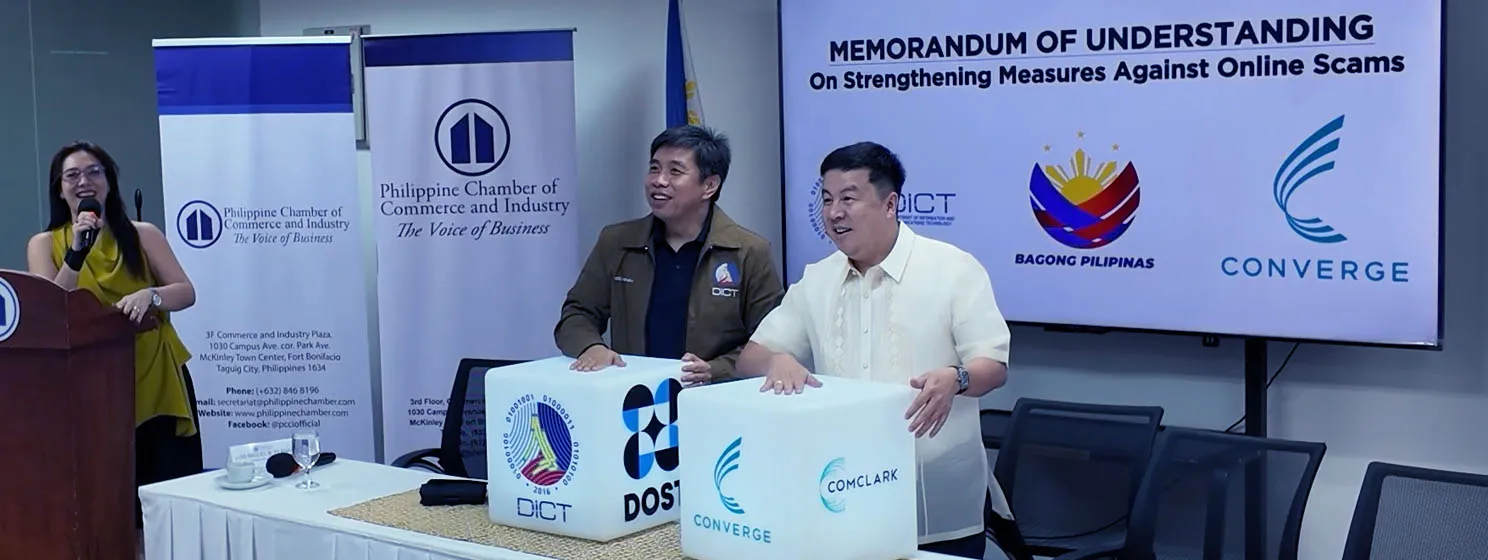|
Getting your Trinity Audio player ready...
|
In a rough and dramatic week for the digital asset industry, a United States Senate hearing on Wednesday sought to examine some of the causes of the FTX collapse and measures that might prevent a similar situation from occurring in the future.
In a hearing titled “Crypto Crash: Why the FTX Bubble Burst and the Harm to Consumers,” the Senate Committee on Banking, Housing, and Urban Affairs heard testimony from a range of witnesses with differing perspectives on the digital asset space and the fall of digital asset exchange FTX—which filed for Chapter 11 bankruptcy on November 11.
The eclectic names invited to speak were Professor Hilary J. Allen of the American University Washington College of Law; entrepreneur and well-known FTX investor Kevin O’Leary; Jennifer J. Schulp, who is Director of Financial Regulation Studies, Center for Monetary and Financial Alternatives at the Cato Institute (a libertarian think tank); and crypto-commentator, author and actor Ben McKenzie Schenkkan.
The Senate’s December 14 hearing followed hot on the heels of Monday’s arrest of former FTX CEO Sam Bankman-Fried, and Tuesday’s House Financial Services Committee hearing, in which FTX bankruptcy CEO John Ray III spoke damningly of the complete mismanagement that led to FTX’s sudden crash.
The Senate hearing took a more sweeping look at the broader implication of the FTX crisis for the digital asset industry, as well as lessons that could be learned from it.
While not quite reaching the shocking and revelatory heights of John Ray’s commentary on the shambolic inside working of FTX, Wednesday’s hearing did have a few sparks, one notably provided by FTX investor and star of the television show “Shark Tank” Kevin O’Leary.
Binance vs FTX
When discussing the downfall of FTX, O’Leary spoke of the fractious relationship between the company and its peer-come-rival in the digital asset exchange world, Binance.
Whoa!!! @kevinolearytv throwing punches at @cz_binance in congress! pic.twitter.com/OsWuTvtxR3
— Ran Neuner (@cryptomanran) December 14, 2022
“These two behemoths that own the unregulated market together and released incredible businesses in terms of growth were at war with each other,” said O’Leary. “And the one put the other one out of business intentionally.”
O’Leary went on to label Binance as a “massive unregulated global monopoly.”
It’s no secret that Binance is one of the few winners of this fiasco. Its market dominance is such that it accounted for 55.1% of all digital asset trading before the collapse of FTX.
The largely unregulated nature of entities and large parts of the FTX group prior to its bankruptcy made up a significant portion of the testimony, with the Senate hearing quite different takes on regulation’s role in the space.
To regulate or liberate
Professor Hilary Allen was keen to point out that the problems at FTX were not unique but rather “part of a cascade of interconnected failures in the highly leveraged crypto financial system.”
She went on to explain that the solution is increased governance: “If enforced robustly, the registration requirements in the existing U.S. securities laws will both limit the supply of crypto assets and apply scrutiny to those crypto assets that are issued.”
Cleary she is reading @RealCoinGeek and @Dr_CSWright blog! https://t.co/nIWFPJuBHv
— BSV Bulldoggy (@bsvbulldoggy) December 15, 2022
Actor, author, and economics graduate Ben McKenzie Schenkkan went further and was the most severe in his critique of the industry as a whole, suggesting that FTX was just emblematic of a larger scam.
“Securities that have no underlying value are often described as Ponzi schemes,” McKenzie Schenkkan told the Committee. “I submit to you today that the entire cryptocurrency industry resembles nothing more than a massive speculative bubble built on a foundation of fraud. In my opinion, it is the largest Ponzi scheme in history by an order of magnitude.”
Agreeing with Professor Allen, he suggested the solution was to give the Securities Exchange Commission (SEC), Department of Justice (DOJ), Office of Foreign Assets Control (OFAC), and other relevant agencies more resources and support “to enforce laws already in existence today. They should act swiftly before more Americans are hurt.”
The urging of robust enforcement was not, however, a sentiment shared across the witnesses.
Noted crypto-enthusiast Kevin O’Leary was naturally coyer when it came to regulation, advising against letting FTX’s collapse “cause us to abandon the great promise and potential of crypto.”
Similarly, Jennifer Schulp, who directs the Financial Regulation Studies Center for Monetary and Financial Alternatives, urged against an overreaction, saying, “the risk that some people will lose money by investing in crypto does not justify harsh regulation. Risk is a natural component of markets, and failure is often necessary for development.”
She was firm in her libertarian belief that governments should not interfere with markets, and while she might have some supporters in Washington D.C., the overall tone of the Committee hearing suggested this kind of laissez-faire take was not reading the room.
Individual not collective failure
However, there were those on the Committee who wanted to underscore that Wednesday’s hearing and the previous day’s House Financial Services hearing were not and should not be a witch hunt against the whole digital asset industry.
Senator Pat Toomey, who sits on the Committee, noted in his opening remarks that “the wrongful behavior that occurred here is not specific to the underlying asset. What appears to have happened here is a complete breakdown in the handling of those assets.”
This idea of bad management, not bad assets, is a narrative that digital asset enthusiasts will be keen to take up in the coming weeks and months, and as the curtain is further pulled back on the farce behind the FTX façade, this is sure to be debated in many more hearings to come.
Follow CoinGeek’s Crypto Crime Cartel series, which delves into the stream of groups—from BitMEX to Binance, Bitcoin.com, Blockstream, ShapeShift, Coinbase, Ripple,
Ethereum, FTX and Tether—who have co-opted the digital asset revolution and turned the industry into a minefield for naïve (and even experienced) players in the market.

 08-28-2025
08-28-2025 





